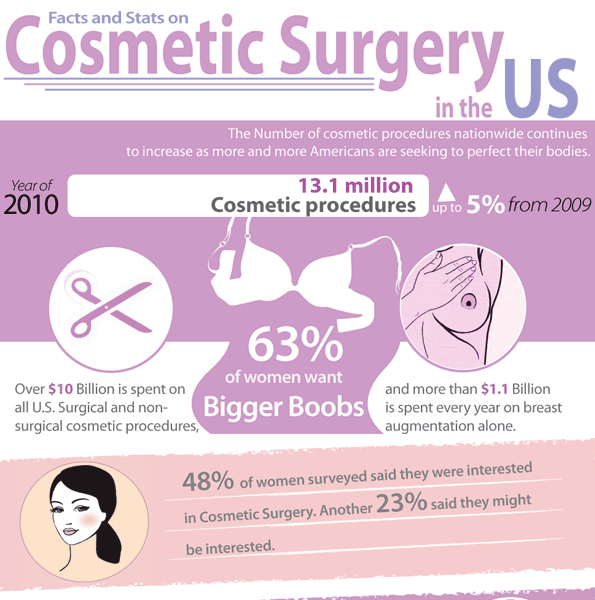Best Ingredients For Acne Prone Skin
Best Ingredients For Acne Prone Skin
Blog Article
Sources of Acne on Cheeks
Acne breakouts in the cheek area are caused by lots of things, from touching your face frequently to not transforming your pillowcase frequently sufficient. Picking at acnes increases your threat of infection and scarring, and specific drugs can get worse dark areas (postinflammatory hyperpigmentation).
Fortunately, there are many ways to prevent and treat cheek acne. These include:
1. Hormone Changes
Acne is largely caused by hormones, especially those generated throughout the age of puberty and maternity. For some, a family history of acne might additionally add to their problem. Anything that obstructs pores, such as oil-based skin treatment items or waxy hair products, can set off acne. Various topical treatments, like benzoyl peroxide and salicylic acid, can fight bacteria and unblock pores. Those with extreme or persistent acne needs to seek treatment from their medical professional.
Stay clear of touching or pressing your acne, as this can press a few of the germs deeper into the skin, leading to a more severe outbreak. It is additionally crucial to alter pillowcases frequently and use clean make-up brushes. You ought to also try to stay clear of toxic irritants such as rubbing from using a helmet or tight collar.
2. Diet regimen
The oily, sugary foods that many people think trigger acne might in fact refrain from doing so. As a matter of fact, research studies have revealed that consuming a diet plan rich in whole, nutrient-dense foods aids to stop breakouts.
Foods high in the glycemic index (such as white bread, corn flakes, puffed rice and potatoes, doughnuts and various other breads) increase blood sugar degrees promptly, and this can boost hormones that boost oil manufacturing and cause acne.
Consuming cow's milk has additionally been connected to enhanced acne breakouts. If you are a normal cow's milk enthusiast, you might want to attempt switching to low-fat or nondairy alternatives that are strengthened with calcium. Furthermore, consuming even more water can aid to decrease acne because it aids to keep the skin hydrated.
3. Excess Oil
While oil is important for healthy and balanced skin, it can end up being a problem when too much sebum combines with dead skin cells and blocks pores. This mix can produce blackheads, whiteheads and pimples. The obstructed pore wall surface can break down and spill bacteria, dead skin cells and sebum right into surrounding skin. This results in a red bump called a pimple. Sometimes these red bumps have pus in the facility from a bacterial infection. Larger contaminated bumps that appear like acne are called cysts.
There are many points that can trigger excess sebum and clogged pores, consisting of hormone variations, diet plan and daily routines. Some examples consist of touching the face frequently, relaxing your hand on your cheek, utilizing dirty make-up brushes and not changing pillow cases routinely.
4. Stress and anxiety
If you're taking care of throbbing acnes or a slew of blackheads and whiteheads, it might be time to talk to a skin doctor. They can recommend a reliable treatment that matches your skin type. Exercising relaxation and stress-reduction strategies also aids.
Acne can occur in the cheeks as a result of friction and stress, such as when a person touches their face often or wears a hat or sporting activities helmet that rubs against the skin. It can additionally appear where oily cosmetics and lotions massage against the skin.
Prevent squeezing acne, as this can press infected material deeper right into the skin and result in botox clinics near me scarring. Rather, see a doctor to learn more about preventative treatments like medicine, skin care products and way of living changes. Consuming a healthy diet plan of entire foods, getting 7 to 9 hours of sleep and utilizing noncomedogenic makeup and skincare items can all help reduce acne outbreaks.
5. Hair Products
Hair items are not generally taken a source of breakouts, however they can add to acne on the cheeks in some people. Pomade acne, which is defined by tiny closed comedones and papulopustules, is frequently brought on by the use of oily hair items which contain comedogenic components such as particular oils and acetylated lanolin.
Choosing hair products that do not have these potentially comedogenic components is a vital step toward decreasing breakouts. Likewise, making certain that hair items aren't coming in contact with the skin can assist protect against breakouts. For instance, putting on a scarf or bonnet in the evening can restrict hair-to-face contact and decrease the probability that leave-in hair items will rub off onto the face.
Along with making use of a non-comedogenic moisturizer and washing with an acne face laundry, various other handy techniques include: